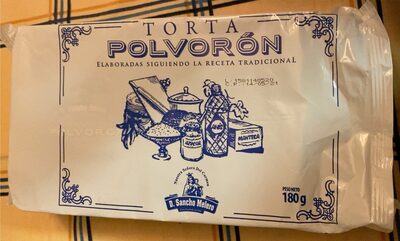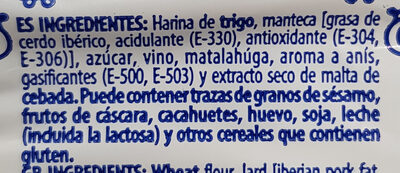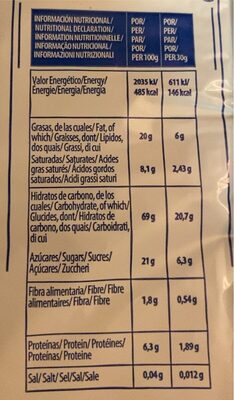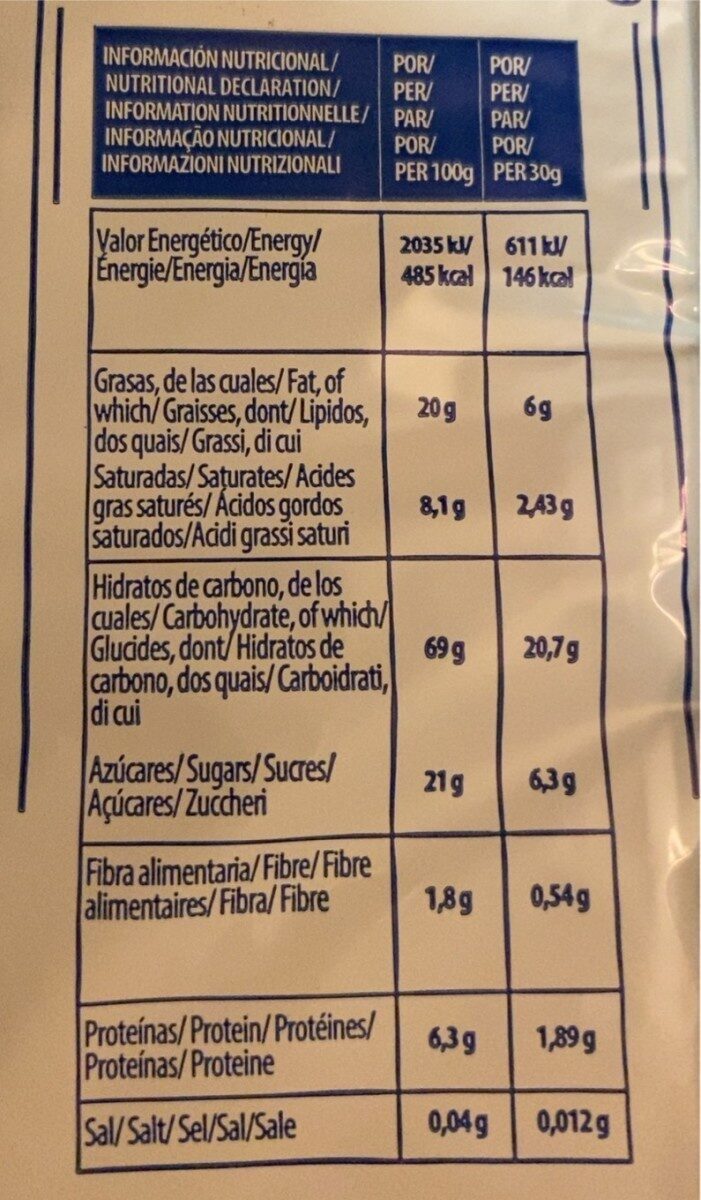Torta polvoron - D. Sancho Melero - 180 g
Aquesta pàgina del producte no està completa. Podeu ajudar a completar-la editant-la i afegint-hi més dades a partir de les fotos ja disponibles, o fent-ne més amb l'aplicació de androide o iPhone / iPad. Gràcies!
×
Codi de barres: 8412438000071 (EAN / EAN-13)
Quantitat: 180 g
Marques: D. Sancho Melero
Categories: Snacks, Aperitius dolços, Llaminadures, Aliments festius, Aliments i begudes de Nadal, Dolços de Nadal, en:Mantecados and polvorones
Etiquetes, certificacions, premis:
en:TSG
Països on es va vendre: Espanya
Matching with your preferences
Entorn
Empaquetament
Transport
Report a problem
Fonts de dades
Producte afegit per kiliweb
Última modificació de la pàgina del producte per kiliweb.
La pàgina del producte, també editada per alexrios, openfoodfacts-contributors, roboto-app, yuka.RzRFSFN2aGUrUGNvcXNadXdpN2MydUJxd1ppc2NsNnZkT1ExSVE9PQ, yuka.sY2b0xO6T85zoF3NwEKvlkcYQvfSvWnuHhPVhEGX5f7eJYPIWMh836GhE6s.











